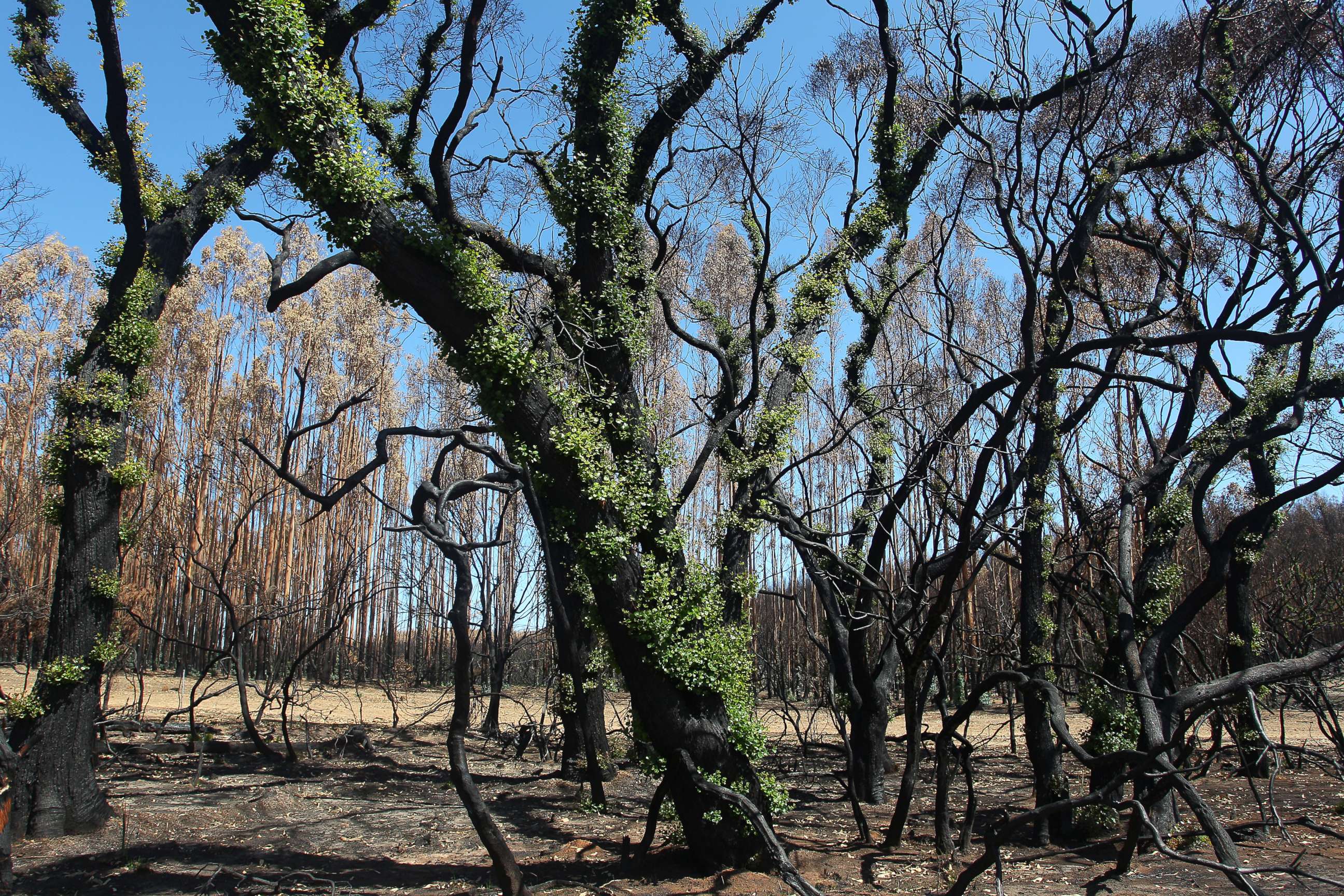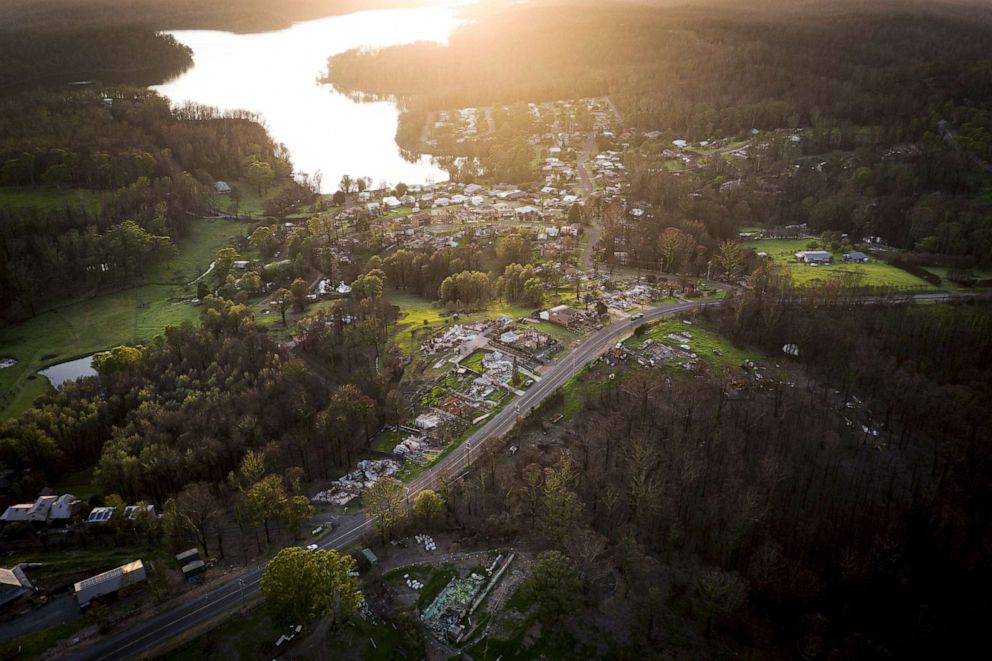Australia's New South Wales is free of fires for 1st time in 240 days
This year's fire season was particularly devastating for the state.
For the first time in 240 days, amid a particularly devastating season, Australia's New South Wales is free of bushfires.
The news from the state's fire service comes months after the fires started in early July 2019 and devastated much of the country.
New South Wales was particularly hard hit. More than 13 millions acres were burned and nearly 2,500 homes destroyed, according to the New South Wales Fire Service. At least 25 people were killed across the country, according to Australian Prime Minister Scott Morrison.
Just a month ago, officials announced that fires were contained for the first time in months, though a few were still burning.

Rob Rogers, the deputy commissioner of the New South Wales Rural Service, called the development "great news" after a "truly devastating season for both firefighters and residents who suffered through so much."

However, experts have warned that the reprieve may be short lived.
"There's still potential for a significant fire season" to begin as soon as in five months, Simon Heemstra, a fire behaviour specialist with the Rural Fire Service, told The Sydney Morning Herald.
This year's fire season was so devastating because of both climate change, which can increase the chances that areas prone to wildfires see both record high temperatures and drought simultaneously, and the Indian Ocean dipole, which was in its strongest positive phase in more than 20 years, resulting in conditions that led to cooler sea surface temperatures near Australia and, in turn, less storm and rain action for the country.




